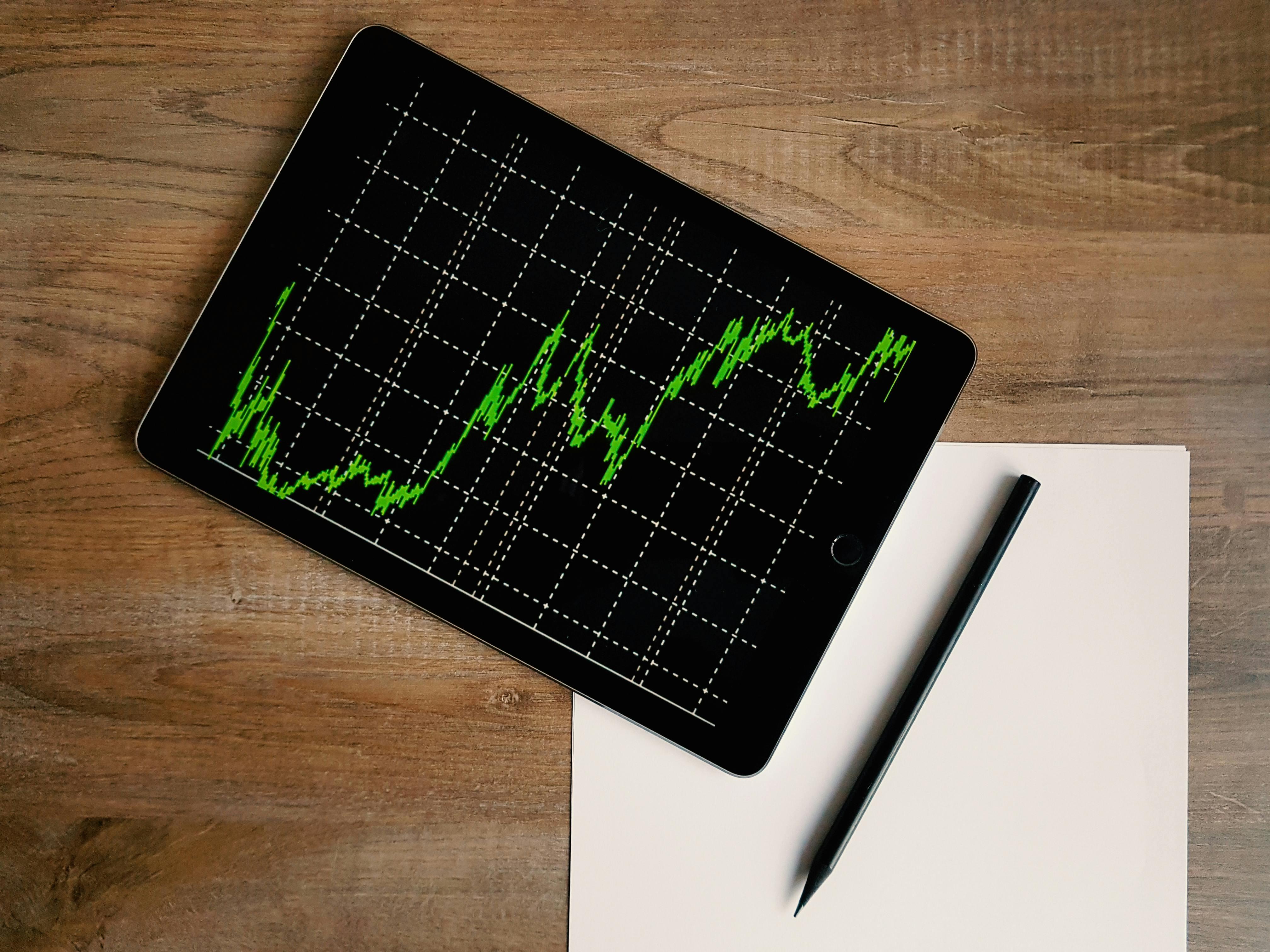Swing trading is a medium-term trading strategy where traders aim to capitalize on price swings in financial markets. Unlike day trading, where positions are opened and closed within the same day, swing traders hold trades for several days to weeks. This approach allows them to take advantage of larger price movements while avoiding the stress of making rapid-fire trading decisions.
Swing trading is particularly well-suited for intermediate traders looking to strike a balance between the fast-paced nature of day trading and the patience required for long-term investing. By using a combination of technical and fundamental analysis, swing traders can pinpoint high-probability trade setups and manage risk effectively.
How Swing Trading Works
Swing traders attempt to profit from market fluctuations by identifying and capturing trends and reversals. They analyze charts on a daily and 4-hour timeframe to detect key price movements and structure their trades accordingly. Swing trading strategies are particularly effective in trending markets, as traders can enter during pullbacks or breakouts and ride the trend for maximum gains.
Characteristics of Swing Trading:
- Holding Period: Trades last from a few days to several weeks, depending on market conditions.
- Moderate Trading Frequency: Traders execute fewer trades compared to day traders but more than long-term investors.
- Larger Profit Targets: Swing traders typically aim for 100-500 pips per trade in forex, or significant price changes in stocks and commodities.
- Utilizes Technical and Fundamental Analysis: Swing traders rely on chart patterns, indicators, and economic news to make informed decisions.
- Lower Screen Time Requirement: Unlike day traders, swing traders do not need to monitor markets continuously.
Key Swing Trading Strategies
1. Trend Trading
This strategy involves identifying a strong trend and placing trades in its direction. Traders look for higher highs and higher lows in an uptrend and lower highs and lower lows in a downtrend. Moving averages, trendlines, and other indicators help confirm trend direction.
2. Breakout Trading
Breakout traders enter the market when the price breaks through a significant resistance or support level. They anticipate strong momentum following a breakout, aiming to ride the price movement until the next key level.
3. Pullback Trading
Swing traders using this strategy enter a trade when the price temporarily moves against the prevailing trend before resuming its original direction. Fibonacci retracement levels and moving averages help identify potential entry points.
4. Reversal Trading
Reversal traders look for signs of a trend changing direction. They use technical indicators such as RSI, MACD, and candlestick patterns to confirm market exhaustion and the likelihood of a reversal.
5. Range Trading
This strategy is used when the market moves within a defined range without a clear trend. Traders buy near support levels and sell near resistance levels while ensuring that price remains confined within the range.
Best Indicators for Swing Trading
1. Moving Averages
Moving averages, such as the 50-day and 200-day moving averages, help traders identify trend direction and key support/resistance levels.
2. Fibonacci Retracement
This tool is used to find potential reversal points within a trend by identifying key retracement levels (23.6%, 38.2%, 50%, and 61.8%).
3. Relative Strength Index (RSI)
RSI measures momentum and overbought/oversold conditions. Readings above 70 suggest overbought conditions, while readings below 30 indicate oversold conditions.
4. MACD (Moving Average Convergence Divergence)
MACD helps traders identify trend strength and potential reversals by analyzing the interaction between two moving averages.
5. Volume Indicators
Volume analysis helps confirm the strength of a breakout or trend continuation. High volume during a breakout suggests strong momentum.

Risk Management in Swing Trading
1. Use Stop-Loss and Take-Profit Orders
Setting a stop-loss prevents excessive losses, while take-profit levels help lock in gains at predefined price points.
2. Position Sizing
Traders should risk only a small percentage of their trading capital per trade, typically 1-2% of their account balance.
3. Diversification
Holding trades across different assets reduces risk exposure to a single market.
4. Monitoring Economic Events
Macroeconomic events, such as interest rate decisions and employment reports, can impact swing trading positions. Traders must stay informed to avoid unnecessary risks.
Example Swing Trading Setup
Indicators Used:
- 200-period Moving Average (to determine trend direction)
- Fibonacci Retracement (to identify entry levels)
- RSI (to confirm momentum)
Entry Rules:
- Buy Setup: When the price is above the 200-MA, bounces off a Fibonacci retracement level, and RSI is above 50.
- Sell Setup: When the price is below the 200-MA, rejects a Fibonacci resistance level, and RSI is below 50.
Exit Rules:
- Take profit at a higher Fibonacci level or a previous swing high/low.
- Stop-loss placed beyond the recent swing low/high to limit risk.
(Insert example chart with a trade setup.)
Advantages of Swing Trading
- Less Time-Consuming: Requires fewer hours of screen time compared to day trading.
- Higher Profit Potential: Capturing larger price swings results in better risk-reward ratios.
- Reduced Emotional Stress: Fewer trades mean less pressure and lower risk of emotional decision-making.
- Works in Various Market Conditions: Effective in trending and ranging markets.
Disadvantages of Swing Trading
- Overnight and Weekend Risk: Open trades are vulnerable to price gaps caused by news events.
- Requires Patience: Some trades take weeks to play out, requiring discipline.
- Possible False Signals: Markets can behave unpredictably despite analysis.
Conclusion
Swing trading is a powerful strategy for traders who seek a balance between short-term and long-term trading approaches. By mastering market trends, using the right indicators, and employing strict risk management, traders can improve their chances of success.
Beginners should start with a demo account before trading real capital. With a disciplined approach and consistent execution, swing trading can be a profitable endeavor.









